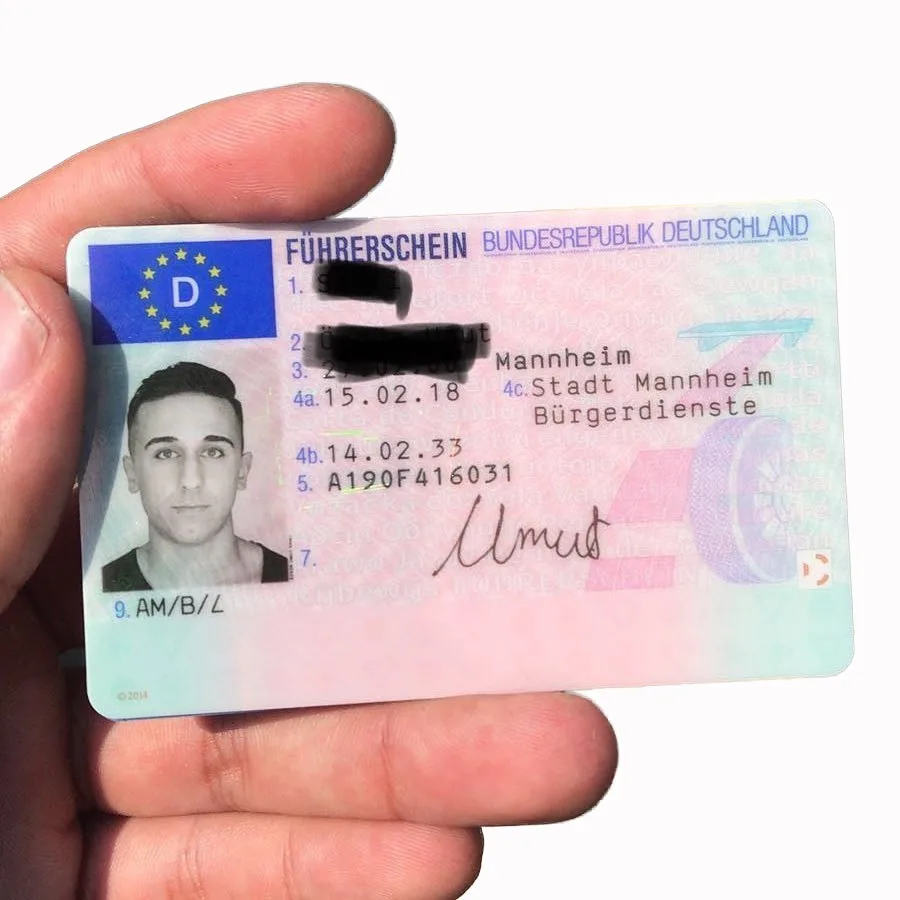The Ultimate Guide to Acquiring Your Driving License
Getting a driving license is an initiation rite for lots of individuals around the globe. It represents self-reliance, obligation, and the ability to browse the world on your own terms. Whether you are a teenager excited to hit the roadway or an adult wanting to welcome new opportunities, understanding the procedure of obtaining a driving license is important. This article intends to direct you through the required steps and considerations for obtaining your driving license.
Step 1: Understand the Requirements
The requirements for getting a driving license can differ substantially from one area to another. Acquaint yourself with your regional Department of Motor Vehicles (DMV) or comparable authority's guidelines. Normally, requirements may include:
Age: Most places require you to be a minimum of 16 years of ages to obtain a student's license and 18 to get a full license.
Recognition: A government-issued ID or birth certificate is generally needed to show your identity and age.
Residency: You might require to offer proof of residency in the jurisdiction where you are using.
Vision Test: A standard vision test is frequently needed to guarantee you can see well enough to drive securely.
Action 2: Obtain a Learner's Permit
Before you can acquire a complete driving license, you will typically require to start with a learner's license. This allows you to practice driving under certain limitations, usually while being monitored by a licensed grownup. The steps to acquire a learner's license normally include:
Pass a Written Test: Many locations need you to take a composed or computer-based test covering the rules of the roadway and traffic indications. Studying your state's driver's handbook can be incredibly useful in getting ready for this exam.
Application Fees: Be ready to pay a small application cost to acquire your student's permit.
Acquire Supervised Driving Hours: There might be a minimum variety of practice hours you need to log with a certified driver, usually varying from 20 to 50 hours.
Action 3: Enroll in Driver Education
Though not always obligatory, enrolling in a driver education course can be extremely helpful. These courses typically cover:

Theory Lessons: Understanding traffic laws, safe driving practices, and how to handle numerous driving scenarios.
Behind-the-Wheel Training: Practical driving sessions with a qualified trainer, which can help develop your self-confidence and skills.
Many states use online courses, in-person classes, or a mix of both. Contact your DMV to see what choices are available.
more helpful hints : Practice, Practice, Practice
Once you have your student's authorization, it's vital to get as much driving practice as possible. Use the time to end up being comfy with:
Parallel Parking: An ability that often shows up in testing.
Navigation: Understanding how to check out maps or use navigation gadgets.
Driving in Different Conditions: Gain experience driving in numerous weather conditions and at different times of day.
Objective to practice a variety of driving situations, consisting of city driving, highway driving, and rural driving to build your abilities.
Step 5: Schedule Your Road Test
When you feel positive in your driving abilities and have actually finished the needed practicing hours, you can arrange your roadway test. This test generally includes:
Pre-Drive Inspection: You may be asked to demonstrate your understanding of the lorry's controls and perform a security check.
Driving Test: An examiner will accompany you in the car, examining your driving abilities, consisting of adherence to traffic laws, road positioning, and total control of the automobile.
Make sure to inspect what documents you require to give the test, such as your learner's permit and evidence of finished driver education, if appropriate.
Step 6: Pass the Road Test
If you successfully pass your roadway test, congratulations! You will get your driving license. Nevertheless, if you do not pass, do not be prevented. A lot of places allow you to retake the test after a waiting period, offering you the opportunity to practice more and enhance your abilities.
Step 7: Know the Post-License Responsibilities
As soon as you get your driving license, it's important to understand your duties as a driver. This includes:
Complying With Traffic Laws: Always follow speed limits, use your seat belt, and prevent distractions while driving.
Insurance coverage: Most areas require motorists to have car insurance, so make certain to comprehend what coverage you require.
Renewal: Familiarize yourself with the procedure for restoring your license, which typically requires to be done every couple of years.
Conclusion
Obtaining your driving license is not almost passing tests; it's about promoting a lifelong attitude of obligation and safety. By following these steps and appreciating the guidelines of the road, you'll not only gain the liberty of the open roadway but also add to safer driving environments for everyone. Happy driving!
